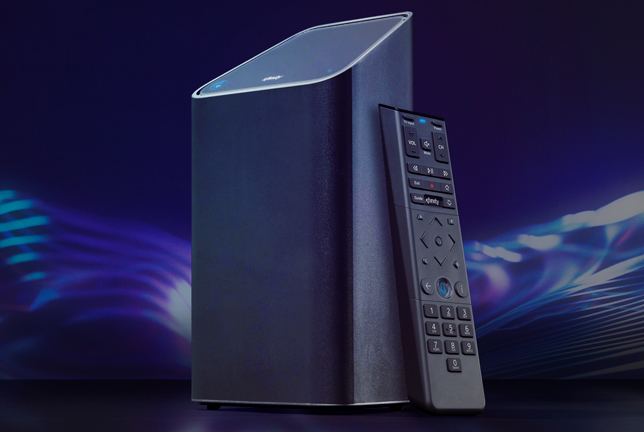
In other words, Wi-Fi is connecting to a much larger network than Bluetooth, which is really only connecting a bunch of devices within a small area. It does not provide a jumping-off point to a larger network but rather a local one. Then, your router gives that device access to the internet.īluetooth, on the other hand, allows for devices to communicate with other devices instead of a singular source. So what makes Bluetooth and Wi-Fi so different? One way of understanding it is to think of Wi-Fi as a means for your device-whether it’s a laptop, cellphone, or tablet-to communicate with your router. Some other applications of ISM bands include microwave ovens, cordless telephones, and garage door openers. These ISM bands handle a lot more than just Bluetooth and Wi-Fi, though. Radio waves travel over specific industrial, scientific, and medical bands. For one, both Wi-Fi and Bluetooth utilize electromagnetic radio waves to transfer data wirelessly. Once you get down to how these two technologies enable devices to communicate wirelessly, you’ll see why people get confused.

Wi-Fi and Bluetooth are not the same, even though they have some similarities, although, there is a bit more to unpack than that. To find out more about what makes Wi-Fi different from Bluetooth, read on. While some devices like laptops and cellphones support both, that does not mean they are interchangeable. Although, once you understand the fundamental difference between the two, you’ll see what sets them apart.

If this all seems confusing, don’t worry because a lot of people feel the same way. Wi-Fi is capable of much higher data transfer speeds while Bluetooth is much slower. Bluetooth is focused on local device-to-device communication. Wi-Fi is designed to give wireless access to a network. But, what makes these two technologies different, and how are they similar?īluetooth and Wi-Fi are based on similar technologies but are used for different things. Additionally, some devices-like smartphones-can utilize both simultaneously. They both allow for devices to communicate over a shared network with electromagnetic radio waves. Wi-Fi and Bluetooth are two of the most popular connection protocols in use today.


 0 kommentar(er)
0 kommentar(er)
